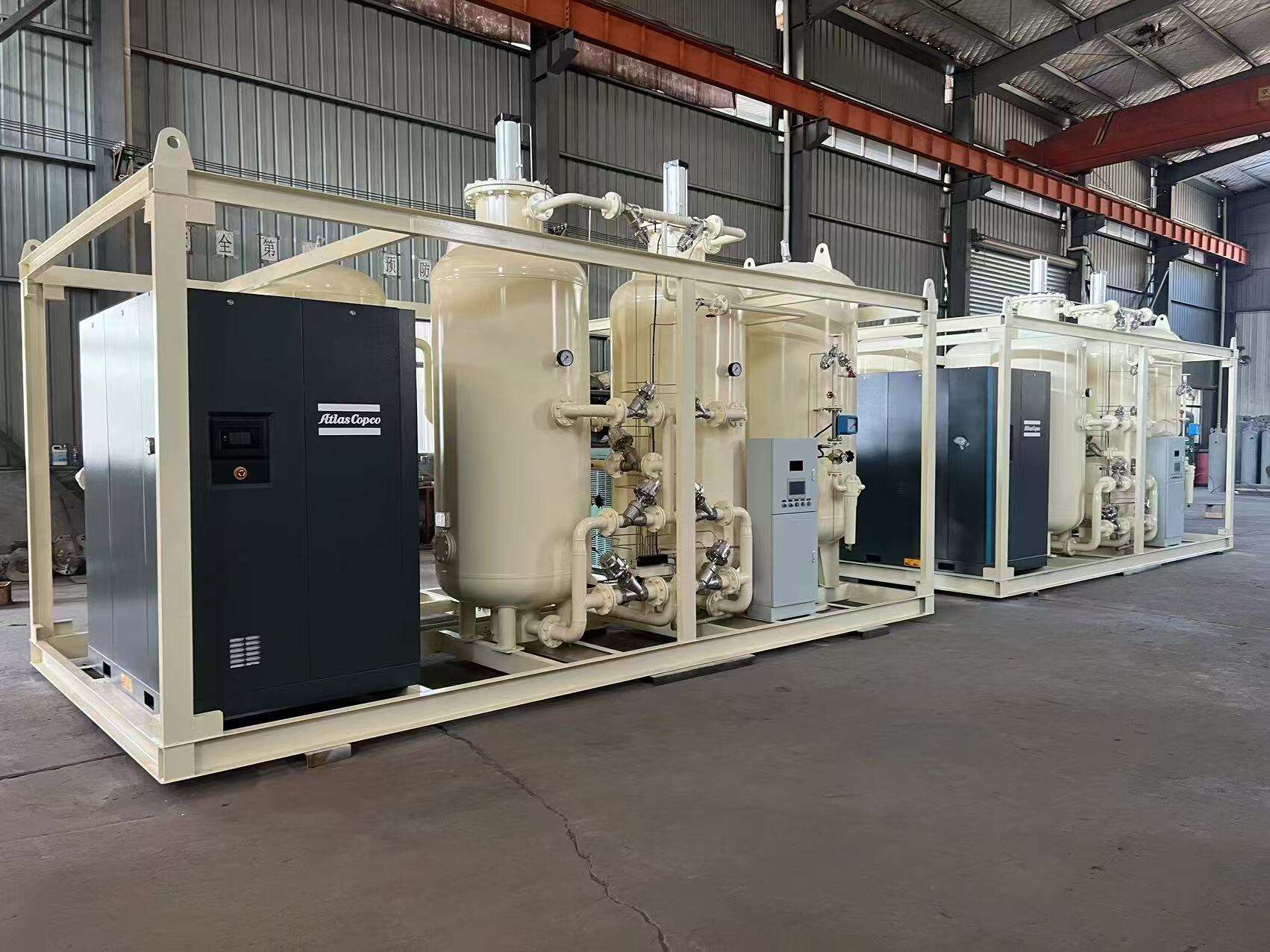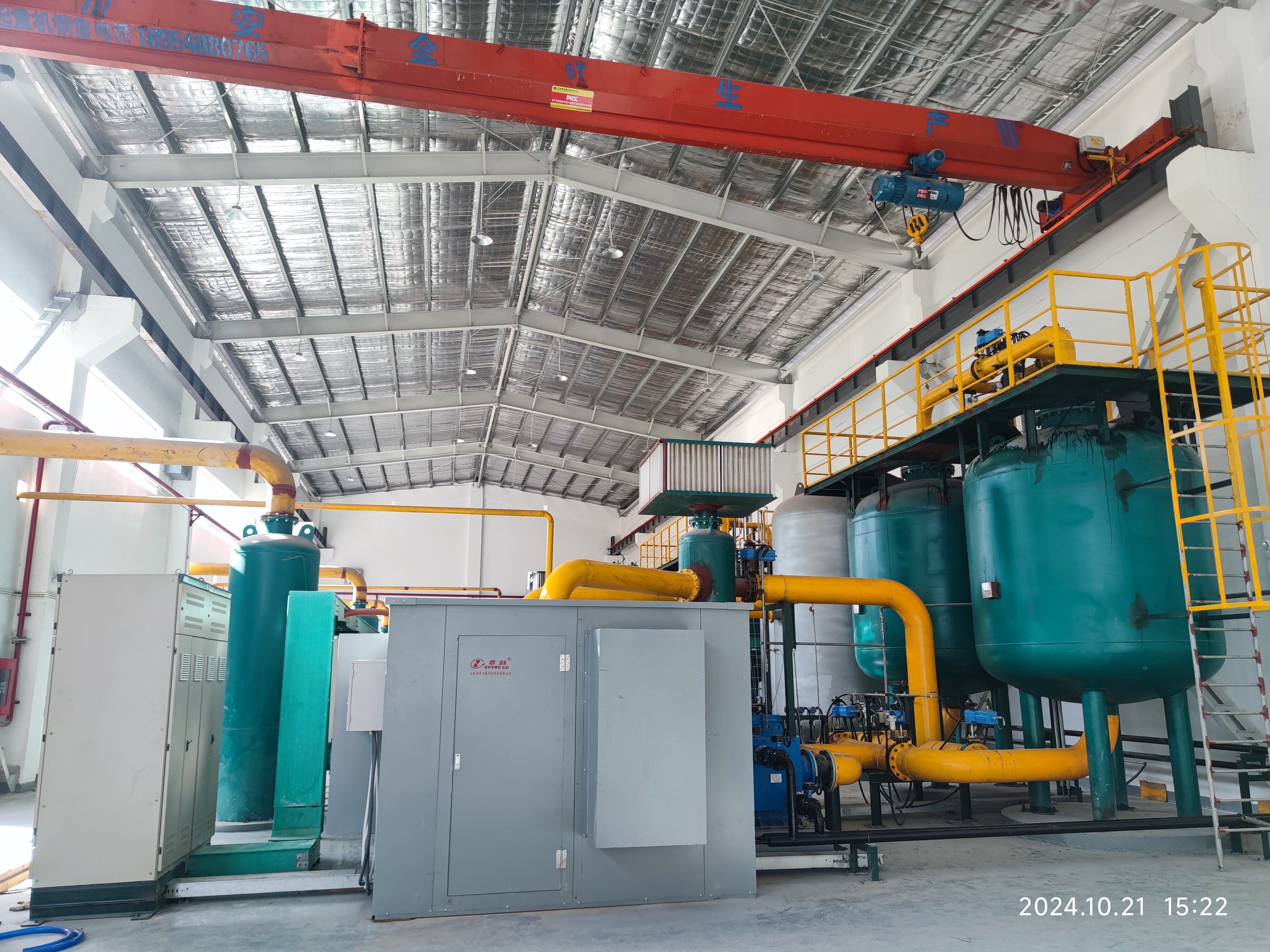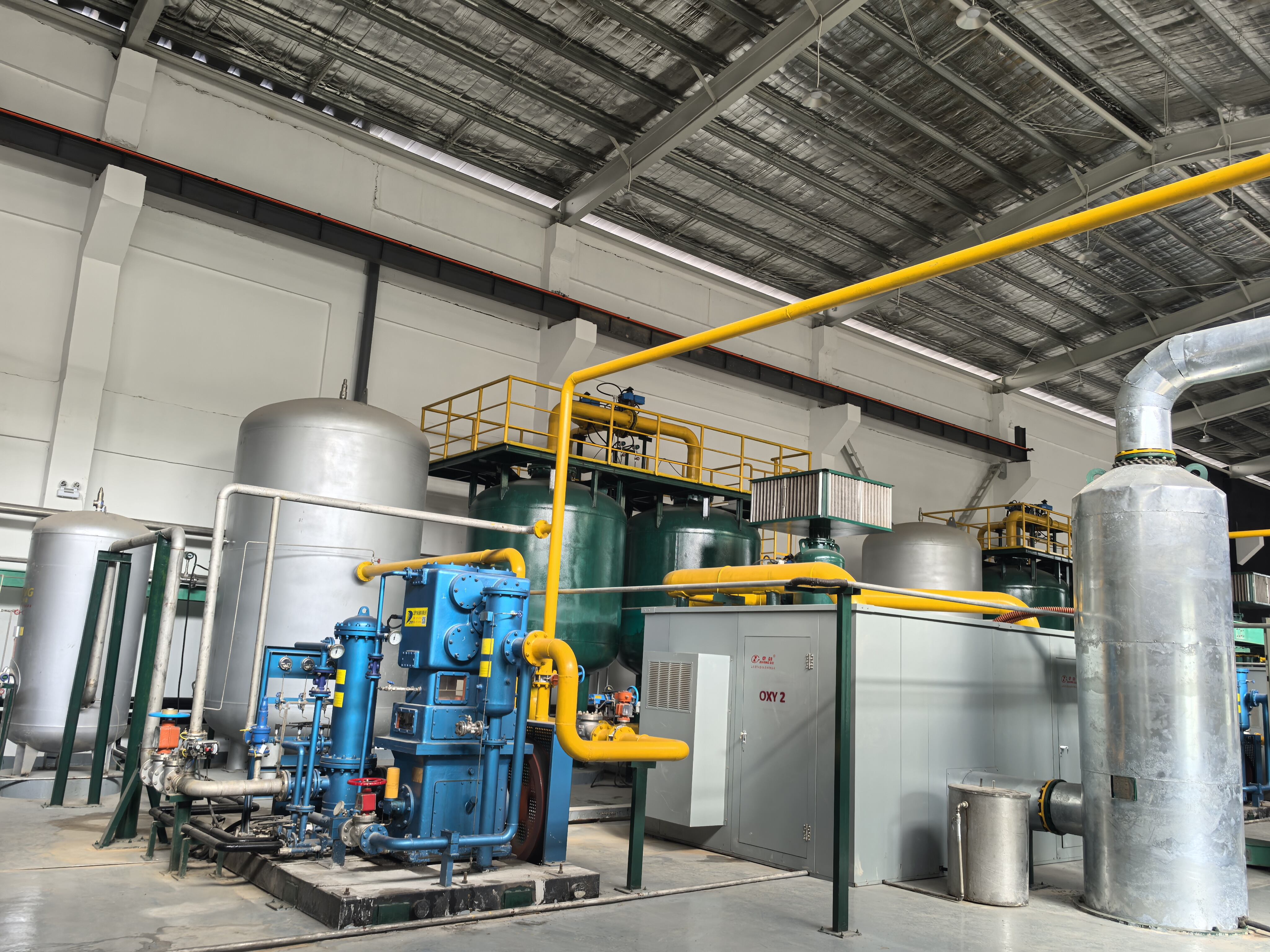psa ve vpsa arasındaki fark
PSA (Pressure Swing Adsorption) ve VPSA (Vacuum Pressure Swing Adsorption), çeşitli endüstriyel uygulamalarda önemli roller oynayan iki ana gaz ayırma teknolojisidir. PSA, genellikle 4-8 bar basıncında çalışan, çevresel seviyelerde veya üzerindeki basınç değişikliklerini kullanarak gaz karışımını ayırmak için çalışır. Süreç, farklı gazların belirli materyallere değişken basıncarda吸附e bağlanması prensibine dayanır. Karşılık olarak, VPSA atmosferik basıncın altındaki basınç aralığını genişleterek çalışır ve tipik olarak düşük basınçlı ucunda 0.3-1.0 bar arasında işlem yapar. Bu vakum fazı, adsorban materyalinin yeniden üretimini artırarak işlemin daha verimli olmasını sağlar. Ana ayrım, işleyiş basıncı aralıkları ve enerji tüketim desenleri arasındadır. PSA sistemleri daha yüksek sıkıştırma enerjisi gerektirir ancak daha basit mekanik sistemlerle çalışır, oysa VPSA sistemleri daha düşük basınç farkları kullanır ama vakum pompa ihtiyaç duyar. İki teknoloji de azot üretimi, oksijen üretim ve hidrojen temizlemede yaygın şekilde kullanılırken, VPSA özellikle daha düşük işletme maliyetleriyle yüksek safiyette oksijen üretimini gerektiren uygulamalarda son derece etkilidir.


